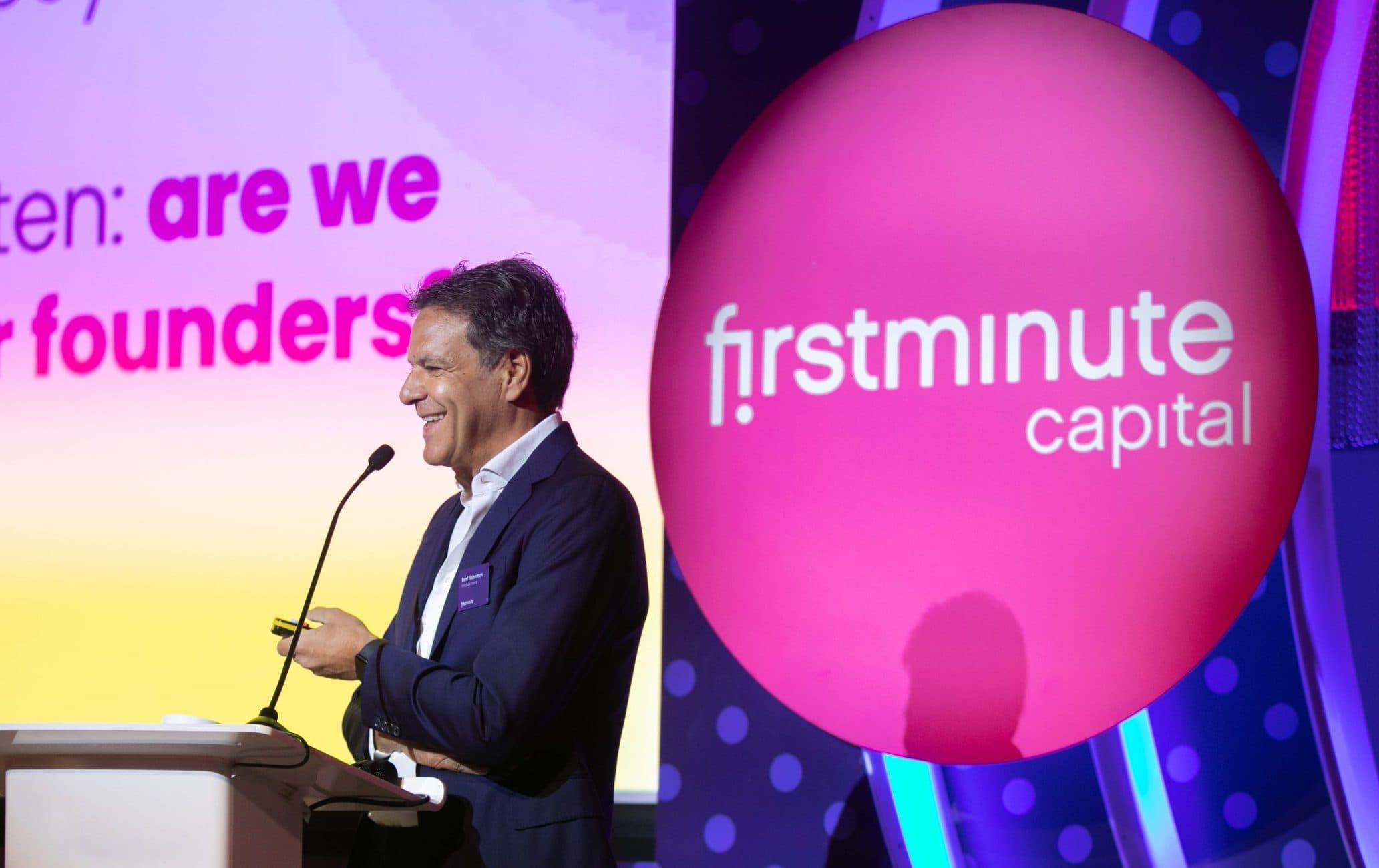
Recessions don’t generally inspire consumer confidence. But cutting marketing budgets during an economic downturn is a mistake made by too many brands we no longer remember.

As the cost of living crisis takes hold and talk of a recession looms, we’re tightening our purse strings and eating out less, but also investing in slow-cookers to rustle up cheaper meals. We might splash out on a bike to save on transport costs, or pick up some dumbbells so that we can ditch the expensive gym membership, while still nurturing our wellbeing. What does this tell us? In the face of financial insecurity, we reconsider not just what we spend but how we spend our money.
Similarly, rather than now being the time to cut marketing budgets, a recession should prompt marketers to re-evaluate how budgets are spent. As hordes of businesses begin cost-cutting, declaring marketing an ‘unaffordable luxury’, innovative brands react to the unique economic and attitudinal shifts, and make adjustments to end up thriving or even becoming who they are because of them.
Three important shifts occur during a financial crisis:
- Consumers seek support, empathy and positivity from brands
- Advertising spends are pared back and a less congested landscape means better visibility for active brands
- Opportunities emerge to establish long-term brand-associations with consumers who are re-evaluating spending habits.
Recessions don’t change people’s needs: we still want food and shelter, relationships and comfort, education and entertainment, etc, but we seek it out in new ways, in new places. As we look to suppliers for what they’re offering; whether that’s better value, new products or timely information, brands have an opportunity to become benefactors, advocates and defenders – supporting the very same community that supports them.
The second motivation to intensify marketing during a recession is that so many businesses don’t. As budgets are cut and the market becomes less crowded, not only does every advertising pound spent increase in value (thanks to diminishing competition), but the reduced demand for advertising space also leads to lower rates. There are very few markets that make for good investments in an economic downturn but advertising is clearly one of them.
Finally, and perhaps most importantly, this is the time to invest in brand building – partly because there are fewer brands visible, but also because consumers are taking longer to make purchasing decisions and exploring their options. This is the moment they’re most receptive to forming new relationships with brands – as they change their spending habits and shop around to see what suppliers have to offer.
When the going gets tough, brands must come to the fore and tell consumers who they are and how they can help. People remember brand responses in a crisis. In a GfK survey regarding the effect of COVID-19 on buying habits, 73% of respondents said that “the way companies conduct themselves during the crisis will impact whether they do business with those brands or retailers in the future.”

The evidence is clear on maintaining or increasing marketing spends, but it also becomes essential to re-evaluate the ratio of brand:activation in our budgets. Remember “Brand sets up the sale, activation/performance closes the sale”. When consumers are spending less regularly (and businesses are reducing ad spends) we want our brands to be the ones standing up yelling “We are here!”.
Possibly the most valuable and vivid way to build brand awareness during a recession is through experiential and engagement marketing. Live, interactive and in-person campaigns and events speak in ways that digital-first campaigns often cannot. Using participatory, hands-on, and tangible branding materials, brands can show off what they’re offering and what they stand for. Textures, colours, soundscapes, activities, even tastes and smells can make life-long synaptic connections and brand associations for consumers.
As well as the sensorial benefits of well-executed ‘XM’ marketing, there’s another massive bonus: event participants and spectators overwhelmingly share their experiences and brands’ messages amongst their networks. Whether it’s via hashtags or user-generated video, there is no better-quality recommendation than one coming from a friend or family-member, thus making XM marketing incredible value and, alongside a coordinated digital campaign, an essential part of a ‘recession-tweaked’ marketing budget.

The key considerations for marketers during a recession?
- A financial downturn is precisely the time to be intensifying marketing spends
- Plan a strategy based on brand presence and making human connections
- Prioritise brand-building over sales activation in marketing budgets
- XM, experiential, engagement, event, live, participation and on-the-ground marketing foster lasting and loyal brand relationships
From Lego, to McDonalds, the pedigree of brands that thrive during economic crises using innovative messaging and amplifying marketing spends speaks for itself. Some of the most recognised brands on the planet were founded in financial downturns – Groupon, WhatsApp and Uber all started during the 2008–2009 recession.
So, make no mistake, as many begin to execute hasty retreats in the face of a looming economic downturn, it’s time for brands to double down on who they are and what they stand for – or risk joining the long list of entities we never hear from again. Click here to see how we are keeping brands at the forefront.